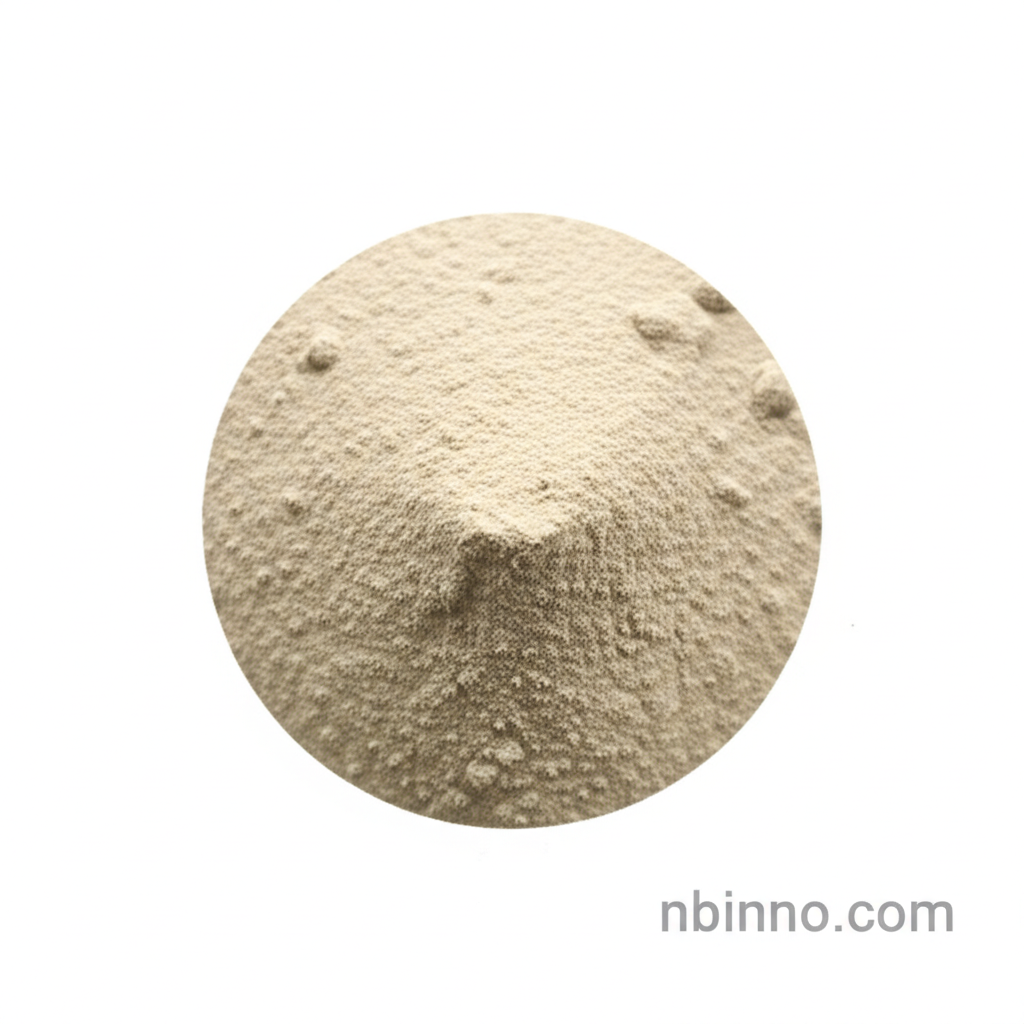Disodium 4,4'-Diazidostilbene-2,2'-disulfonic Acid: A Superior Photosensitizer for Advanced Imaging and Printing
Discover the advantages of Disodium 4,4'-Diazidostilbene-2,2'-disulfonic Acid (CAS 2718-90-3) for your R&D and manufacturing needs. As a leading supplier, we offer high-purity photosensitizers that outperform traditional alternatives.
Get a Quote & SampleThe Key to Advanced Photochemical Processes

Disodium 4,4'-Diazidostilbene-2,2'-disulfonic Acid
As a premier manufacturer and supplier from China, we provide Disodium 4,4'-Diazidostilbene-2,2'-disulfonic Acid (CAS 2718-90-3) for applications demanding high performance and safety. This chemical is a critical component for achieving superior results in specialized imaging and printing technologies, offering a significant upgrade from conventional sensitizers.
- Explore the benefits of this advanced photosensitizer, a key component for businesses looking to buy high purity materials.
- Learn why this CAS 2718-90-3 supplier in China is your go-to source for cutting-edge chemical solutions.
- Understand its role as a less toxic alternative to dichromate sensitizers, improving safety in your production process.
- Inquire about pricing and availability for your critical manufacturing or research projects.
Why Choose Our Disodium 4,4'-Diazidostilbene-2,2'-disulfonic Acid?
Unmatched Stability and Safety
Unlike dichromate-sensitized emulsions, our Disodium 4,4'-Diazidostilbene-2,2'-disulfonic Acid exhibits no dark reaction and continuing action of light, ensuring consistent performance and simplifying calibration for R&D scientists. Its significantly lower toxicity profile makes it a safer choice for manufacturers.
Enhanced Workflow Efficiency
This photosensitizer can be mixed directly into emulsions, eliminating the need for a separate sensitizing step and reducing processing time. This feature, combined with its stability, allows for a faster and more predictable workflow, crucial for production efficiency.
Superior Imaging Quality
Achieve smoother prints and finer detail with our high-purity Disodium 4,4'-Diazidostilbene-2,2'-disulfonic Acid. Its consistent reactivity under UV light crosslinks gelatin effectively, leading to precise image formation for demanding applications.
Key Application Areas
Carbon Transfer Printing
As a primary diazido sensitizer, it is ideal for carbon printing, offering a less toxic and more stable alternative to traditional dichromates, essential for artisans and commercial printers.
Photopolymerization
Utilized in UV-curable formulations, this compound acts as a photosensitizer, driving crosslinking reactions for coatings, inks, and adhesives, a critical requirement for many industrial manufacturers.
Specialty Imaging
Its unique photochemical properties make it valuable for collotype, photogravure, and PVA printing, enabling precise image creation for high-end visual applications.
Chemical Synthesis Intermediate
Serves as a building block in synthesizing more complex molecules, catering to research scientists developing new materials and photochemical reagents.
